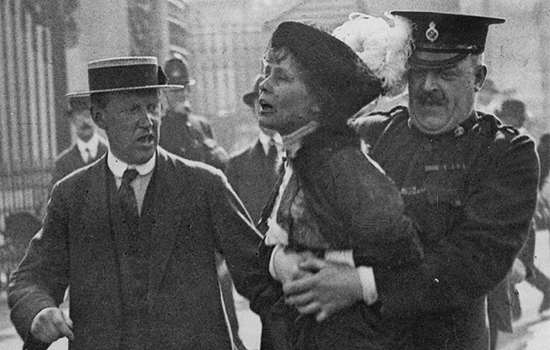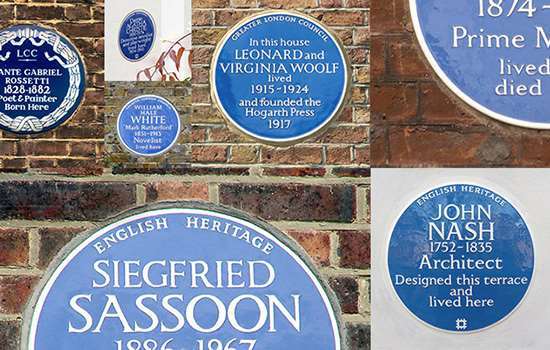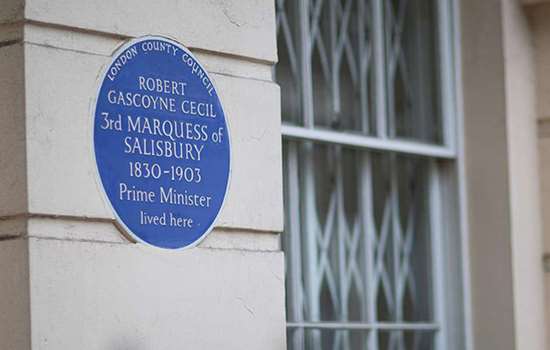SAVARKAR, Vinayak Damodar (1883-1966)
Plaque erected in 1985 by Greater London Council at 65 Cromwell Avenue, Highgate, London, N6 5HS, London Borough of Haringey
All images © English Heritage
Profession
Philosopher
Category
Politics and Administration
Inscription
VINAYAK DAMODAR SAVARKAR 1883-1966 Indian Patriot and Philosopher lived here
Material
Ceramic
The Indian patriot and philosopher Vinayak Damodar Savarkar is commemorated with a blue plaque at 65 Cromwell Avenue in Highgate. He lived there from June 1906 until July 1909, when it was known as India House.
LONDON YEARS
Savarkar was born near Nasik in the province of Bombay (now Mumbai), India, and at the age of 12 vowed to fight for Indian independence. His four years in London were critical to his development as a Hindu nationalist and revolutionary leader. Savarkar came to England on a scholarship arranged by his fellow nationalist Shyamaji Krishnavarma, with further support from Lokamanya Tilak. Savarkar entered Gray’s Inn to study law, and was called to the Bar in 1910.
It was Krishnavarma who set up India House, as 65 Cromwell Avenue was then known. The house was inaugurated with a speech by the socialist leader Henry Mayers Hyndman on 1 July 1905, and was intended to be used as a hostel for Indian students in London. However, it also served as the headquarters for several organisations, including the Indian Home Rule Society, and became known as a hub for political activism. While living there in 1906–9, Savarkar mixed with other campaigners for Indian independence, including Gandhi, who spent the night there on 20 October 1906.
Meanwhile, Savarkar developed his literary interests: in 1907 he translated into Marathi the autobiography of Italian revolutionary Giuseppe Mazzini, his European hero, and carried out research for The Indian War of Independence of 1857 (1909), a publication banned in India until 1946.
IMPRISONMENT AND POLITICS
In 1910 Savarkar was accused of helping to organise the murder of a British official in Nasik, and in so doing conspiring against the king, George V. Following a dramatic chase by police, Savarkar was finally arrested in France and extradited to India, where he was convicted. During his years in prison, ‘Veer’ (meaning ‘heroic’) Savarkar became a committed Hindu nationalist, writing the influential pamphlet Hindutva: Who is a Hindu? (1923).
On his release in 1937, he entered politics, encouraging the militarisation of Hindus and campaigning against untouchability (the practice of segregating minority groups). The controversy that dogged him throughout his life reached a peak after the assassination of Gandhi in 1948, a crime which he is said to have co-organised, though he was acquitted by the courts.
The GLC plaque, put up at the suggestion of the Savarkar Centenary Celebration Committee, was unveiled in 1985 by the former MP Lord Fenner Brockway.


